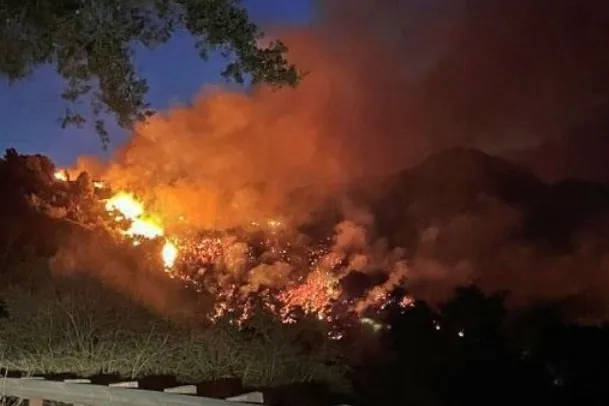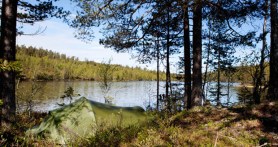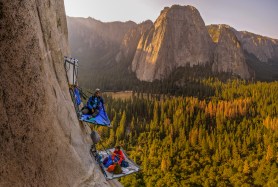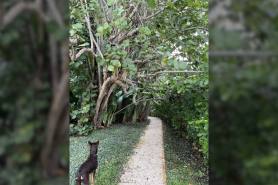Though it originally aired on Nickelodeon in 2005, there has been an increase in interest in Avatar: The Last Airbender since the animated series was added to Netflix in the spring of 2020, and next year, a live-action version will be released.
Videos by Outdoors
The world of Avatar is based on many different real-life locations, primarily in eastern Asia. If you’ve been dreaming of visiting one—or all—of the four nations, book your next adventure in one of these locations.
The Water Tribe: Alaska, Canada, Greenland, and Russia

The Water Tribe was based primarily on the Inuit tribes and other Arctic indigenous groups in the region. The people of the Water Tribe feel a deep sense of community, similar to the Inuits. Inuit tribes were very peaceful with one another and experienced very little conflict amongst one another. The Water Tribes were often located in the northmost and southmost areas of the globe.
If you’ve always wanted to be a water bender, visiting these beautiful, albeit chilly locations is a great choice. The Inuit Nunangat (Inuit Homeland) is now located in Canada and is deeply intertwined with Canadian history. There are 53 communities within the Inuit Nunangat, located primarily in northern Quebec and Labrador.
To truly experience the Inuit culture, book an experience with Adventures Inuit. Working directly with Inuit guides to explore meaningful experiences of the native lands. Explore the cultural heritage of northern Quebec and meet local elders and artisans. You can also go on a polar bear viewing experience or watch the Northern Lights.
The Earth Kingdom: China, Japan, Istanbul
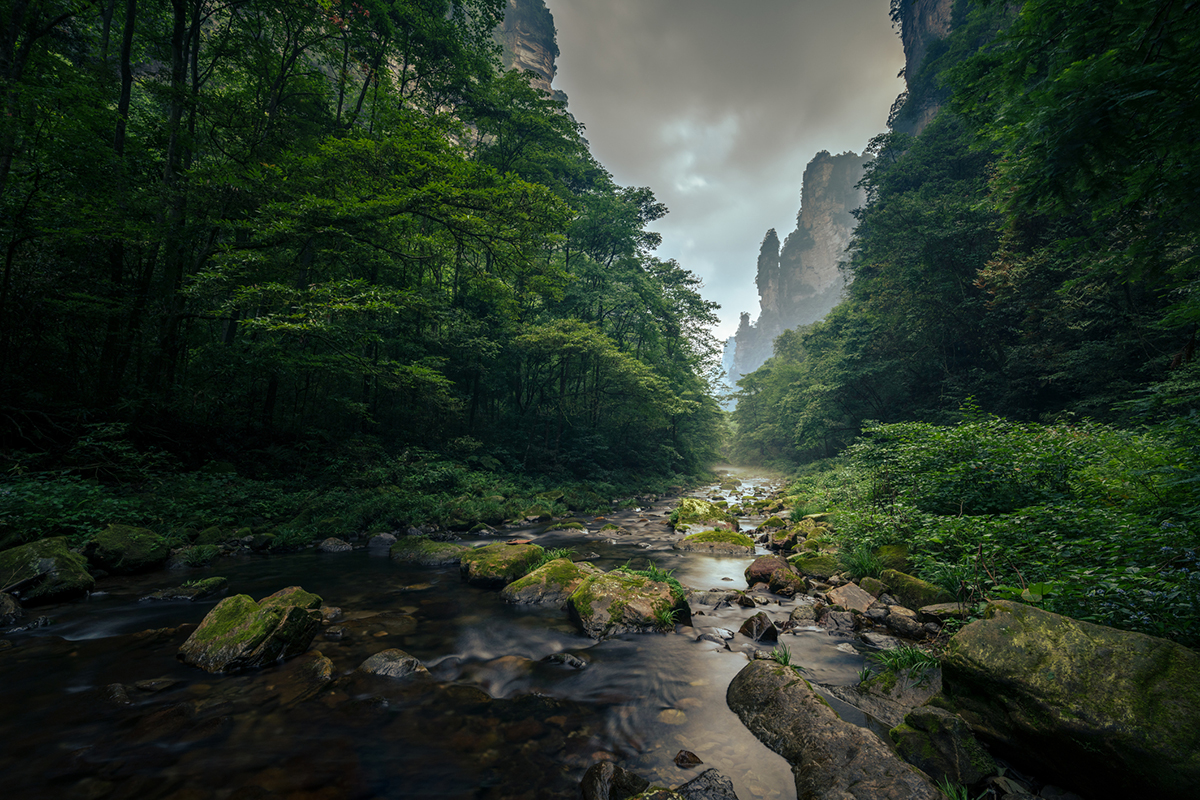
In the world of Avatar, the Earth Kingdom spans the majority of the continents and pulls inspiration from The Ming and Qing dynasties as well as Shogun, Japan, and even the Roman Empire, but it is based primarily on Chinese culture. The Earth Kingdom is incredibly large, and it makes sense that it would pull from several cultures at the same time.
The Earth Kingdom’s capital, Ba Sing Se, is based on the Chinese capital, Beijing. Though Beijing has become incredibly modernized, there are still areas within the city limits that feel similar to the Earth Kingdom from Avatar. Explore the Ming Tombs and the Sacred Way to take in the beautiful scenery. These locations resemble many of the buildings featured on the show, and the Sacred Way is very reminiscent of Kyoshi Island.
The Royal Palace of Ba Sing Se is inspired by the Forbidden City in China. Now a UNESCO Heritage Site, the Forbidden City and Imperial Palace were used from 1416 until 1911. The Imperial Palace of the Qing Dynasty has over 114 buildings and is an architectural wonder. Now a museum, the Forbidden City and Imperial Palace have become a cultural museum that you can visit throughout the year.
The Fire Nation: Japan, China, Iceland, Polynesian Islands, and Thailand

Located along the equator, the Fire Nation takes inspiration from areas of China and Japan. The Fire Nation is made up of volcanic islands like Hawai’i but also pulls from east Asian and south Asian cultures. The Fire Nation features stunning architecture inspired by south Asian and Egyptian styles and, as the second-largest nation in the Avatar world, it also pulls from several cultures.
Crescent Island of the Fire Nation has a beautiful, tall temple that is inspired by the Yellow Crane Tower in Wuhan, China. Yellow Crane Tower was first built during the Three Kingdoms Period as a watchtower for the army of Sun Quan. . Today, Yellow Crane Tower is a museum. Each floor’s exhibit has a different theme to educate visitors about Chinese culture.
When Zuko joins the “Gaang,” we find the characters traveling to Ember Island—a part of the Fire Nation. While we don’t see a lot of the island, one of the notable details is that the beach that Azula, Mai, and Ty Lee are relaxing on has black sand. The black sand beaches of Ember Island are similar to that of Punalu’u Beach in Hawai’i, as well as Miho-no-Matsubara in Shizuoka City, Japan. Ember Island is likely made to resemble both of these places, as there are also mountains that can be seen in the background.
The Air Nomads: Tibet and India
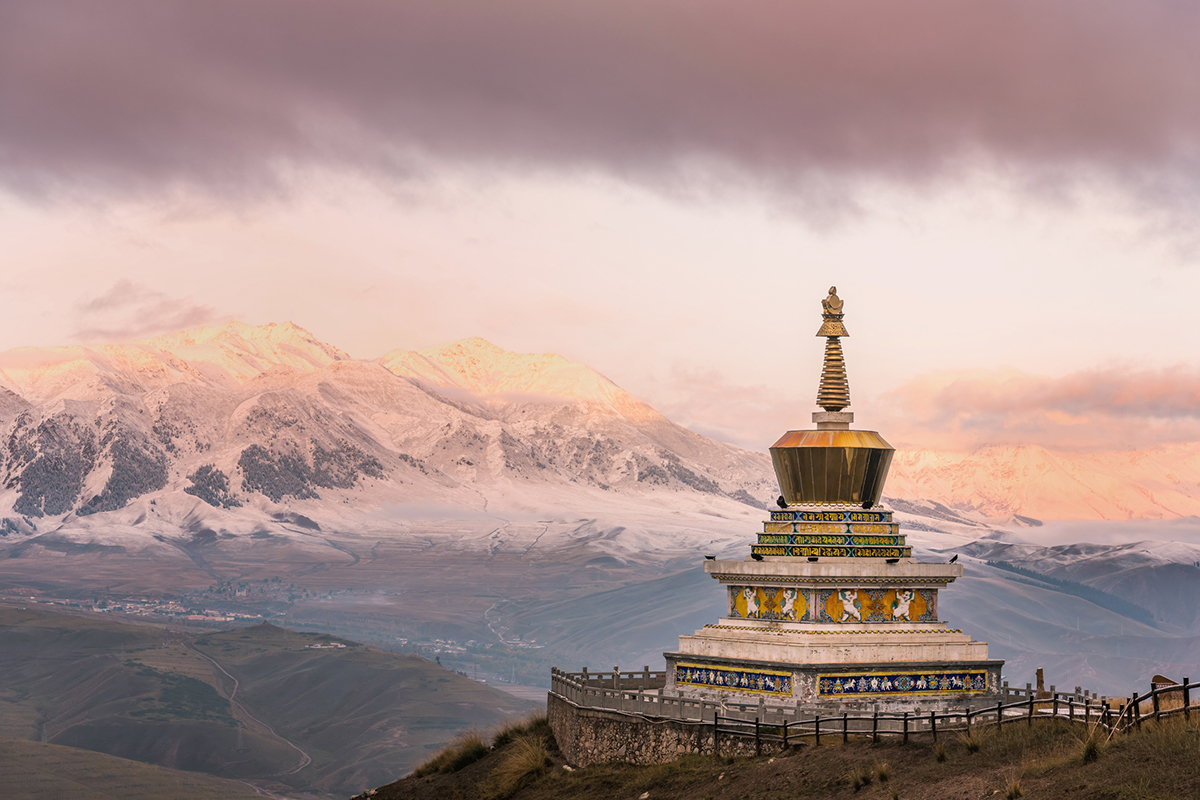
At the very beginning of the Avatar: The Last Airbender series, we learn that Aang is the only Airbender left alive after the Fire Nation attacked the pacifist air nomads. The Air Nomads were inspired by Buddhist monks, and the islands they lived on were inspired by Tibet. The Air Nomads are similar to Buddhists and are vegetarian, similar to Buddhists and Hindus.
The Western Air Temple has similar roofs to many Bhutanese monasteries located in Bhutan, between Tibet and India. Similarly to many of the Air Temples featured in Avatar, these monasteries are located on the side or top of mountains. There is a major difference between the Air Temple and the Bhutanese monasteries, and that’s that the Air Temple is built upside-down and carved into the side of a mountain.
When Aang goes to the Southern Air Temple, we get a look at statues of all of the former Avatars that came before him. This area of the Southern Air Temple looks very similar to the Terracotta Warriors at Emperor Qinshihuang’s Mausoleum Site Museum in China. The Terracotta Warriors were built to protect the first Emperor of China, Qin Shi Huang, in the afterlife. The statues of the Avatars in the Southern Air Temple are there to guide the current Avatar and are used to better understand the history of the benders that came before.

